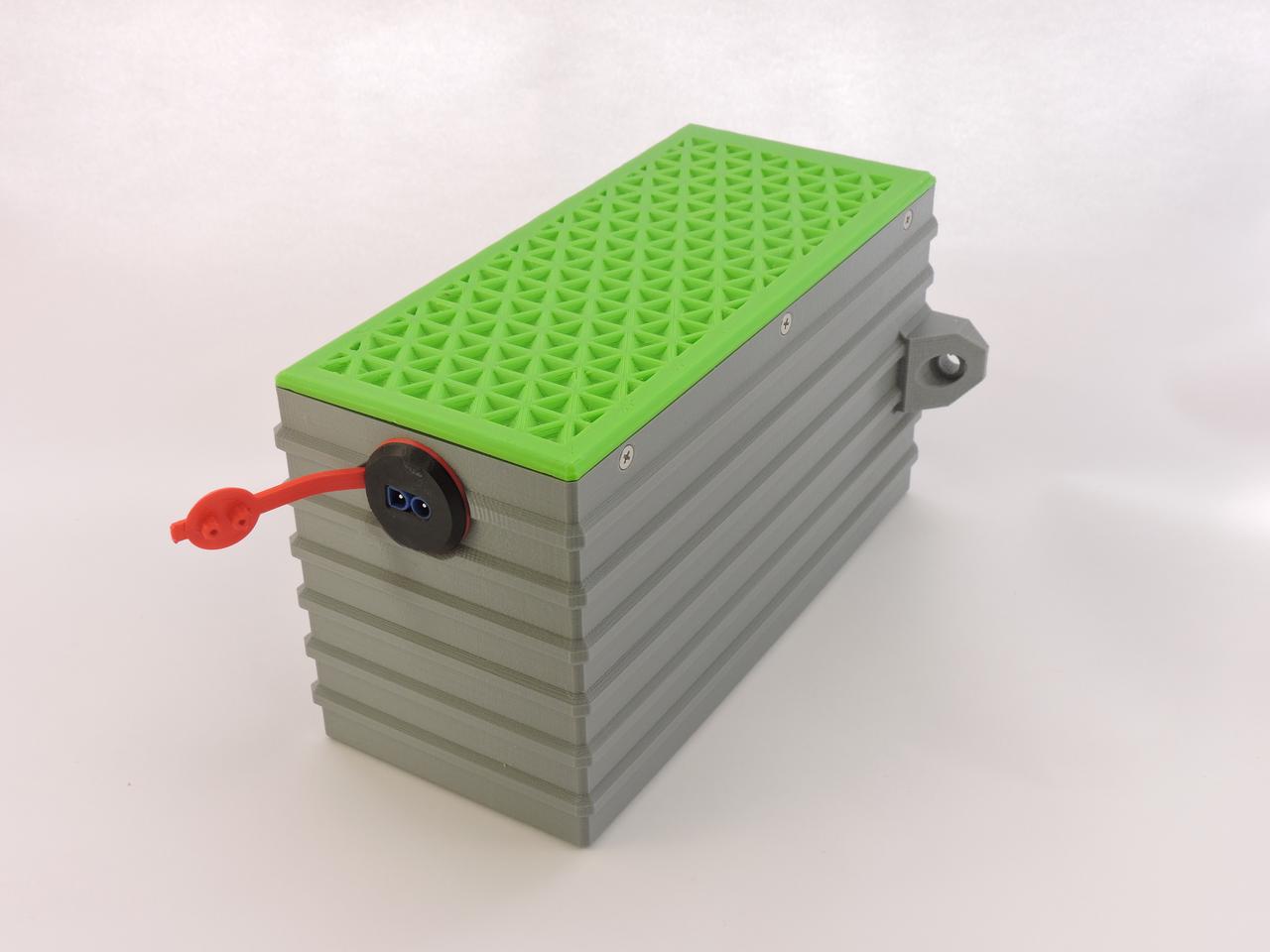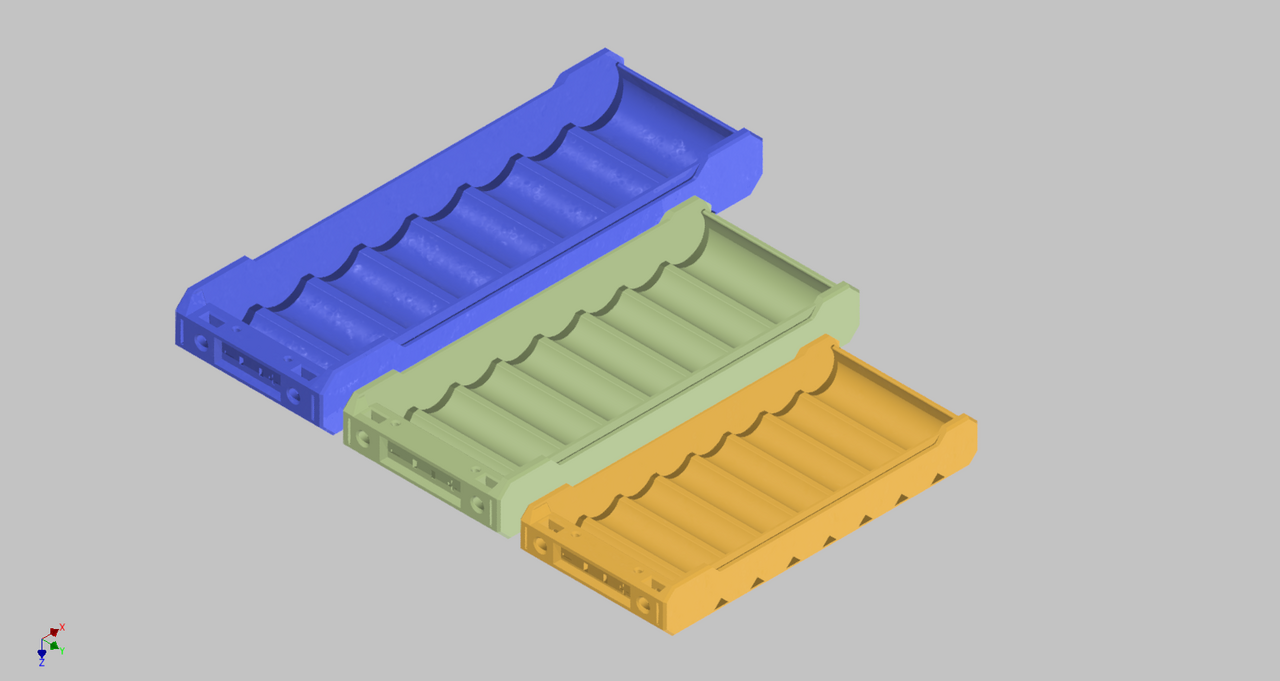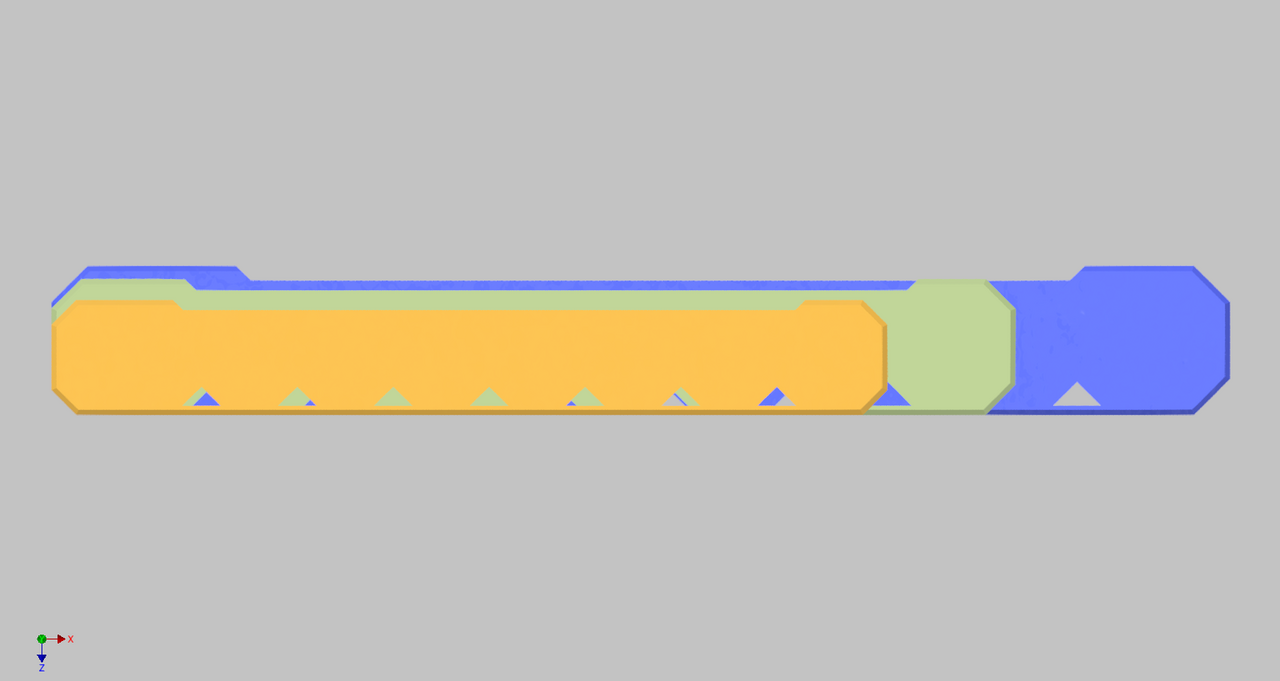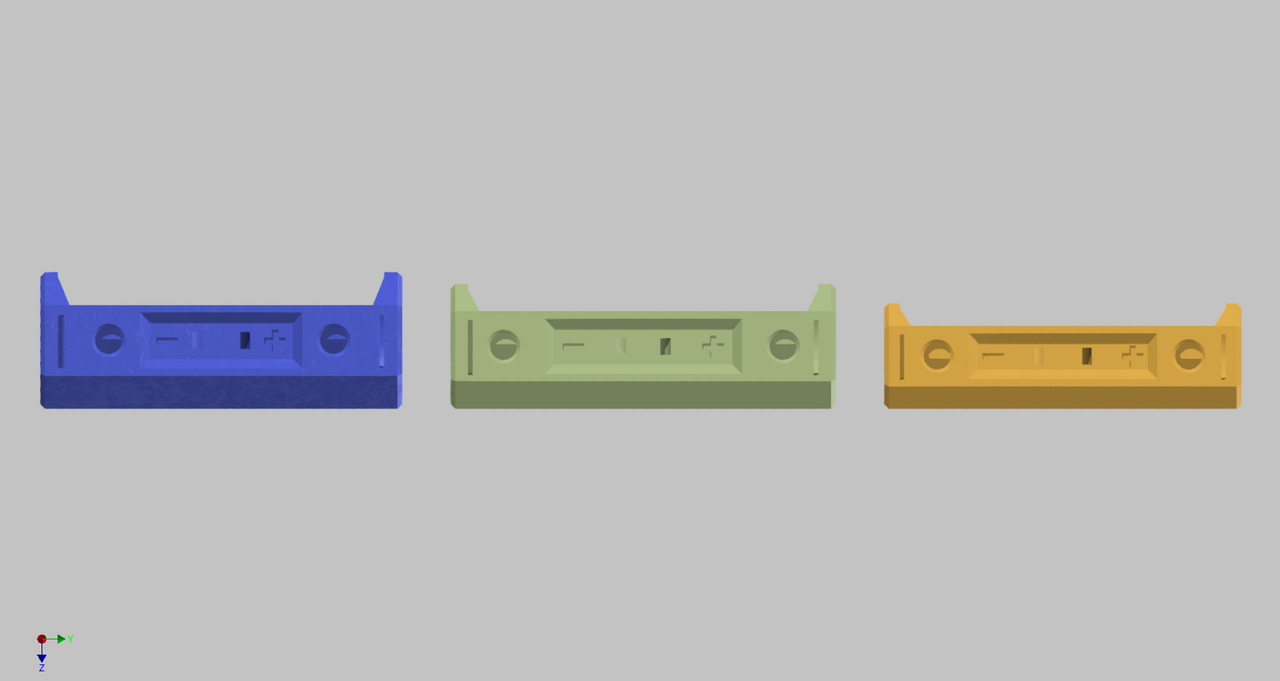agniusm
1 MW
elhnad said:if i want a 10s8p bike pack is it as simple as getting,
10 of these 8p module kits?
https://18650.lt/index.php/product/n-e-s-e-module/?attribute_pa_parallelgroup=6p&attribute_pa_fixing-type=standard
my gut tells me im missing some stuff.
there's nobody in the US distributing these for you is there?
Yes, that's what you need. You could get 9 of the series bus bars to connect it all up. I also have ring terminals, power connectors, bolt caps.
There is no distribution in US but my shipping prices are just a few dollars higher than local US prices.







